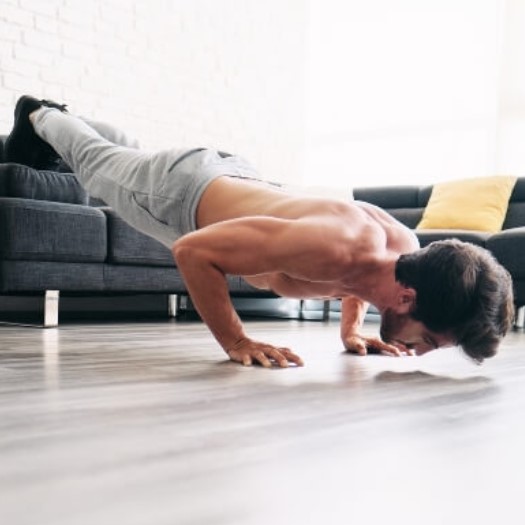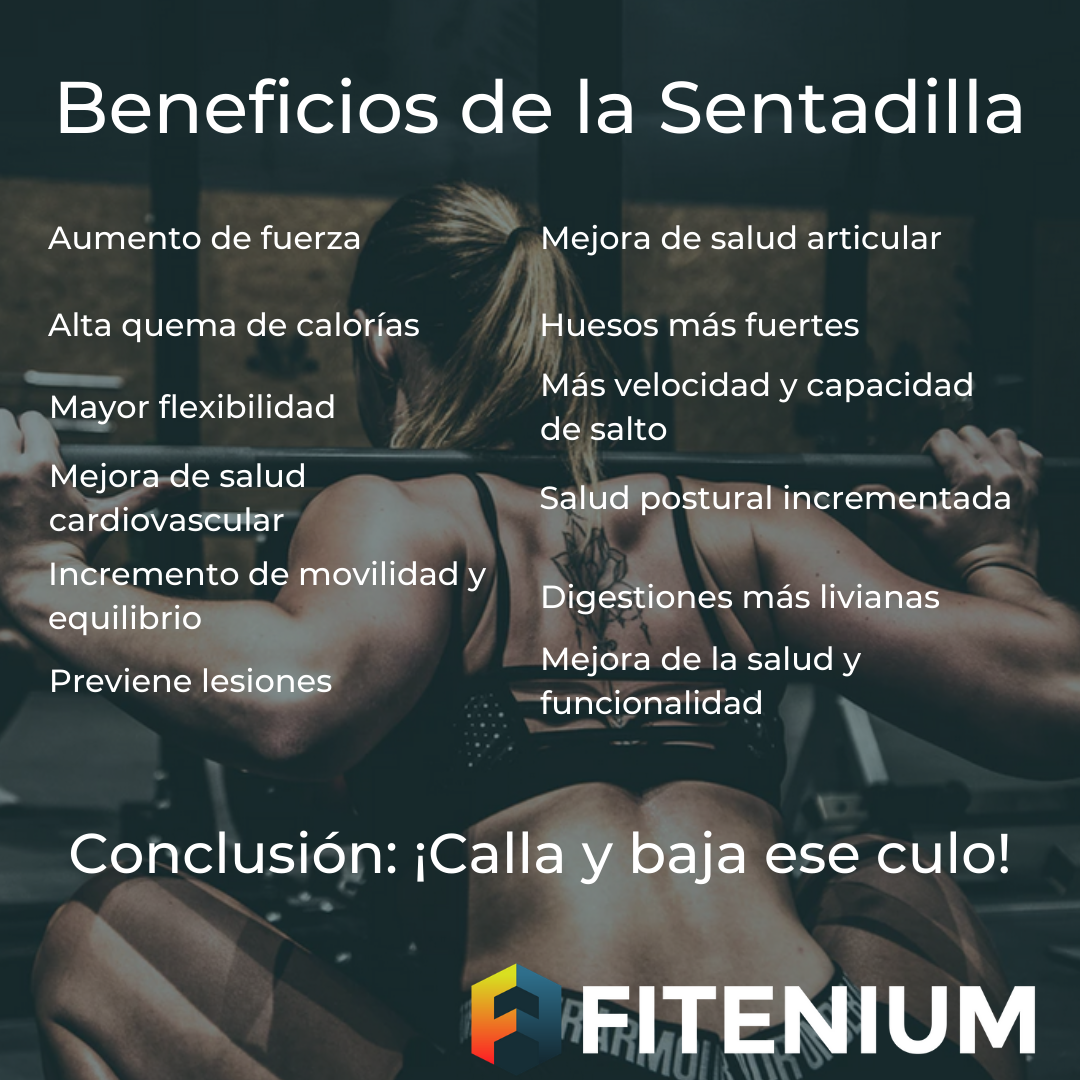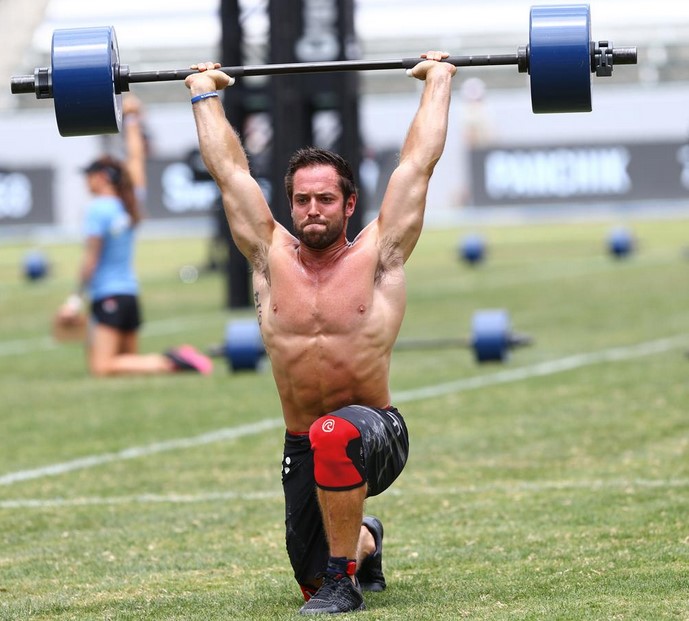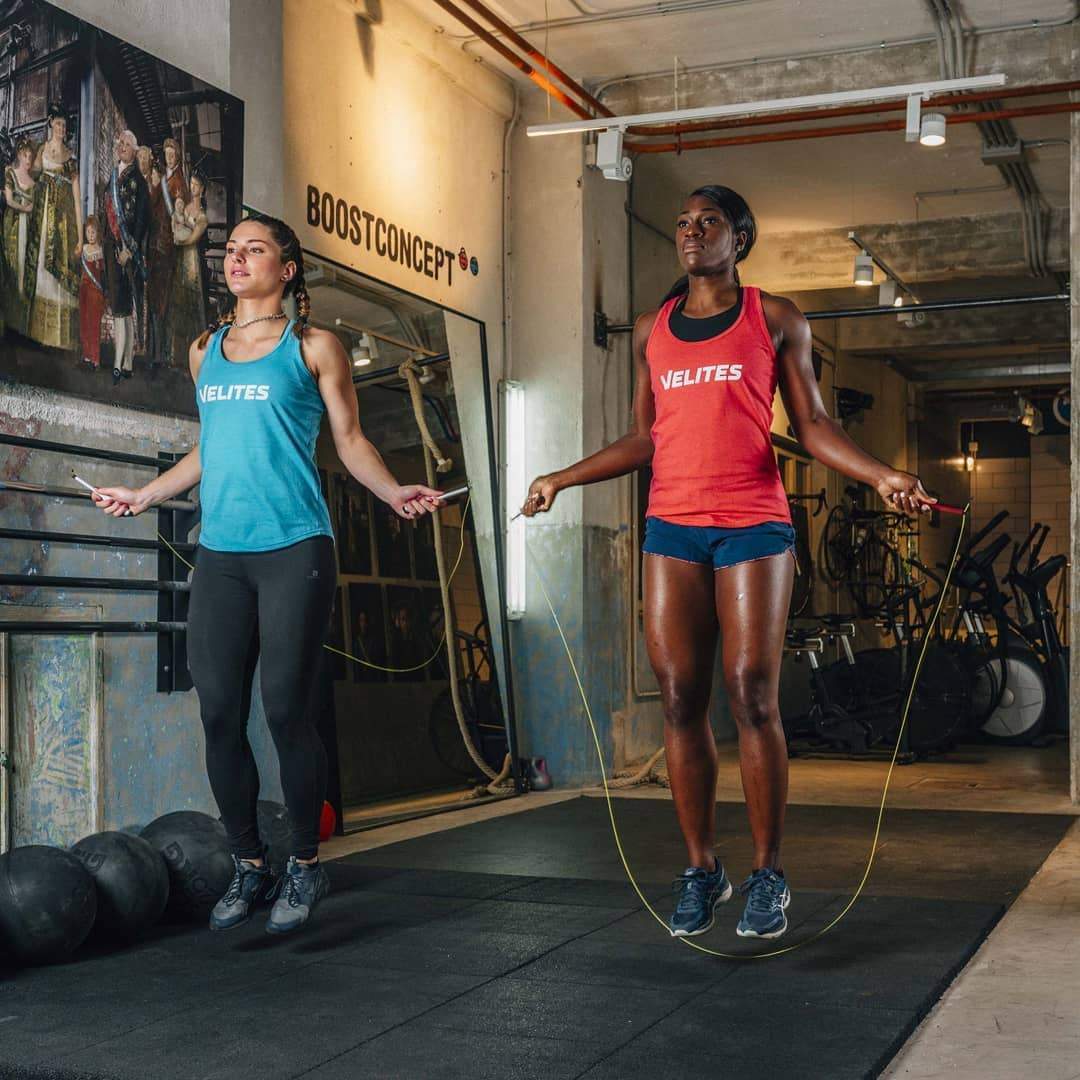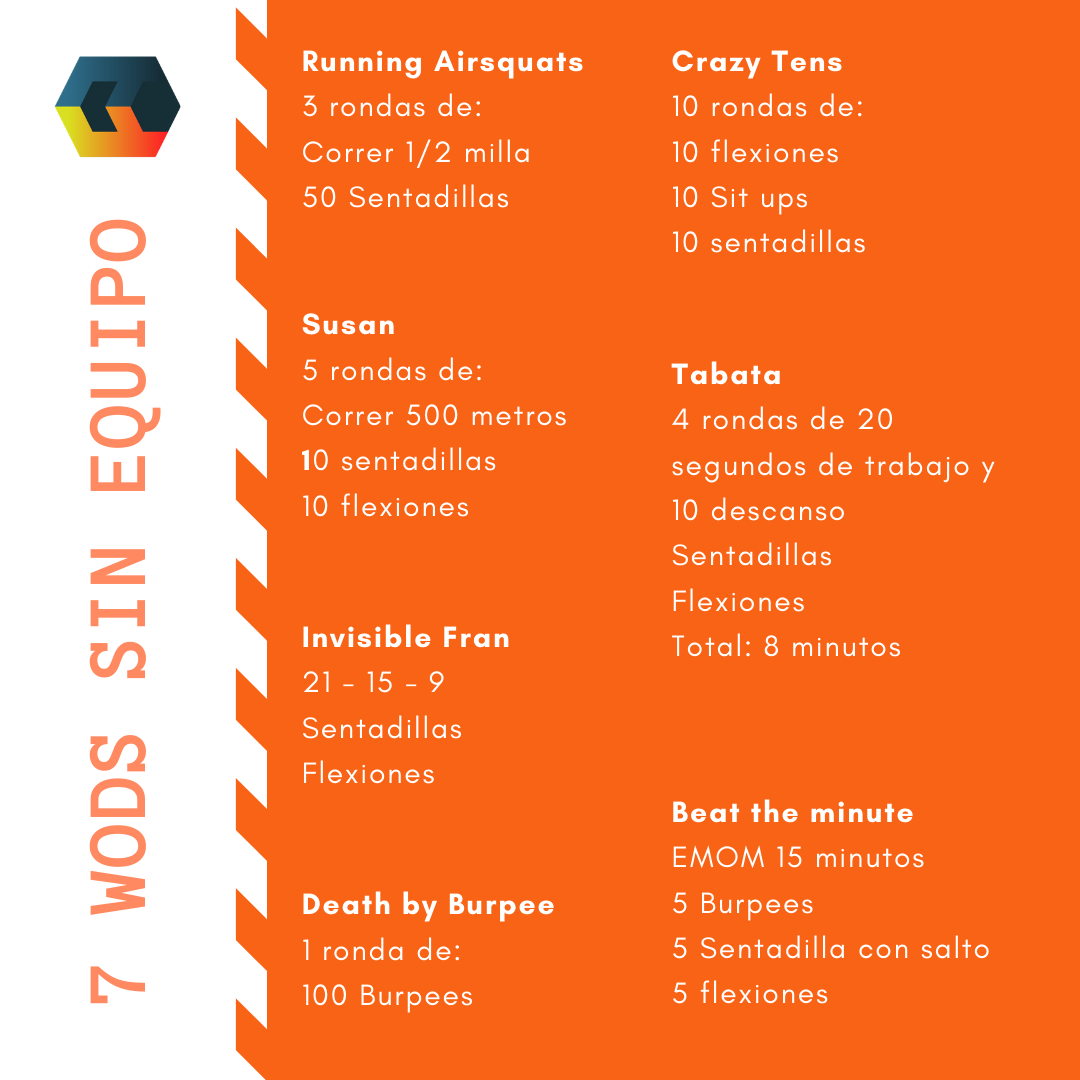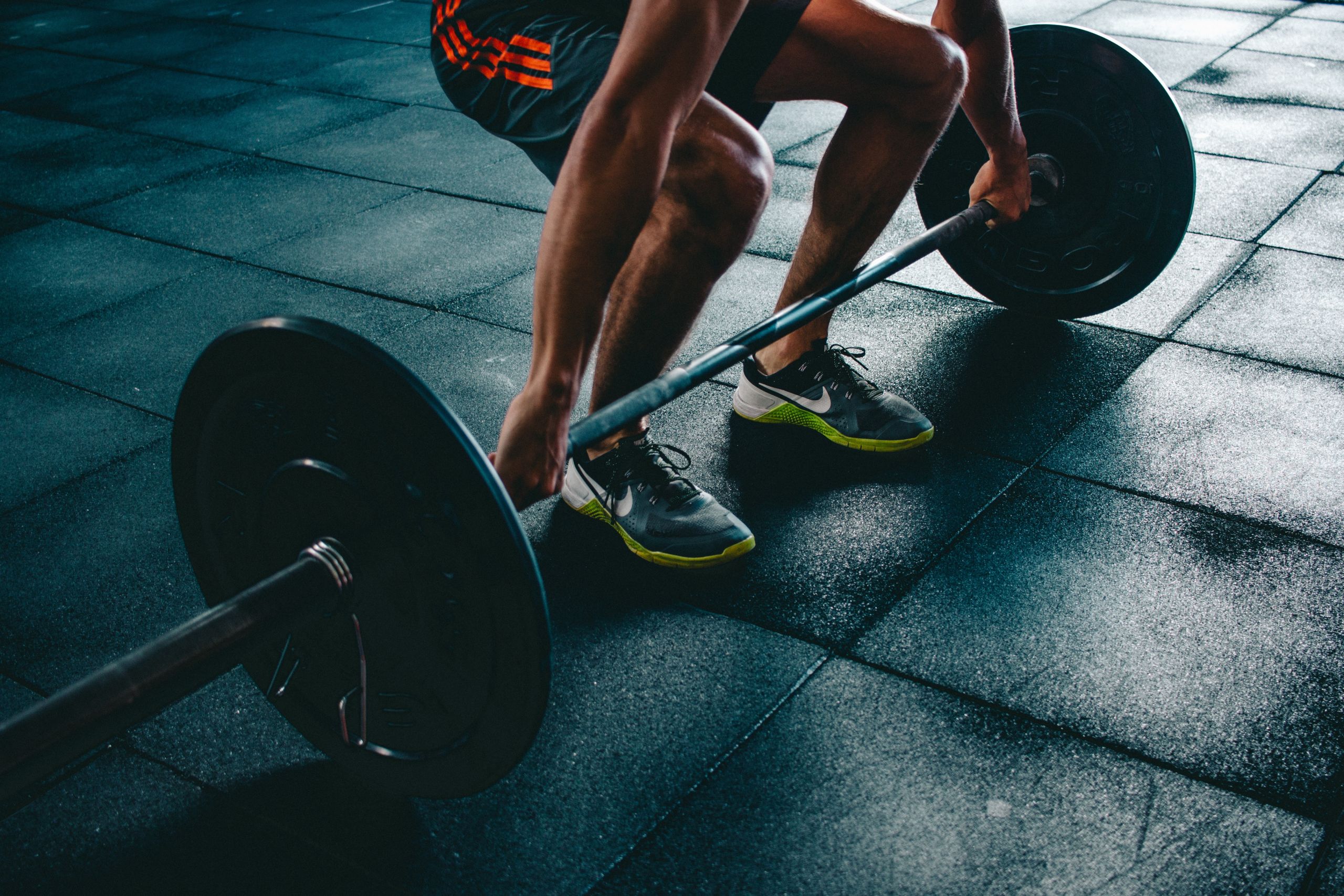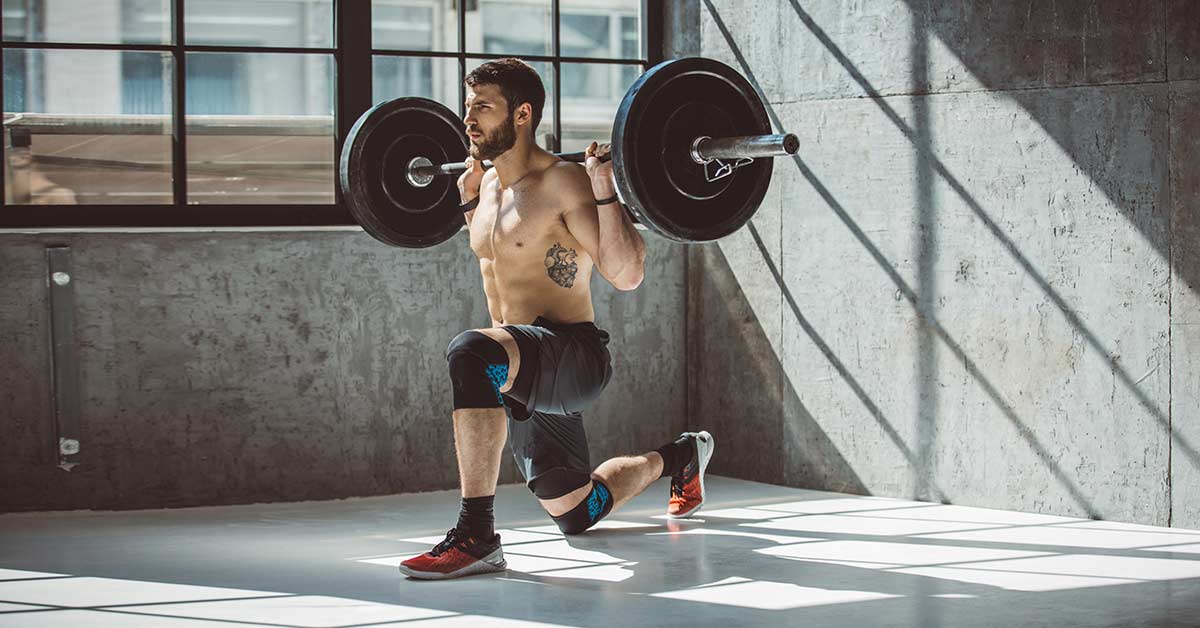It is quite likely that if you have looked at the schedule of directed classes at your trusted gym, there is one of them called “functional training”. It is also quite likely that you are not very clear about what this type of training consists of, accustomed to marketing names such as “GAP” (it is not about the clothing brand, but is the acronym for Glutes, Abdomen and Legs), “Body Pump “, “Step” or “Cross Training”. However, functional training responds to a legitimate training methodology and makes sense. In this article we will explain what it consists of and why it is interesting for you to try this activity.
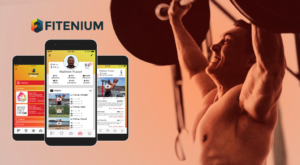
The word functional, as is evident, comes from “function”, which means that it has a purpose. Functional training is made up of exercises that are intended to improve your physical ability in real life activities. We can be talking about the ability to get out of bed or a chair or to improve in your favorite sport, the most common movement patterns that we perform have been studied and functional training routines have been created to be stronger in them. Examples of highly functional exercises are squats, deadlifts, or push-ups.
Therefore, if we had to define functional training in one sentence, we would say that it is training our body to be better in the movements we use in our daily lives.
Functional physical training exercises
A functional training routine is usually made up of compound exercises such as presses, push-ups or lunges. This is so because it better mimics our day-to-day movements than isolation exercises like a biceps curl or a quadriceps extension. We do not want to say that these exercises are useless, but they have a much smaller transfer to our daily movements. Have you ever been in the situation of having to hold something with just the strength of your biceps? I sure don’t. However, it will have happened to you many times that you have to take a stride to tie your shoes, or that you imitate a dead weight to pick up something from the ground or push anything.
However, it may be the case that an athlete has a clearly underdeveloped muscle, and in that case it is interesting to try isolated exercises so that that muscle catches up with the others. It is a common case of people with injuries or mobility problems.
Functional training is not crossfit
Many people confuse Crossfit and functional training, and it’s quite reasonable. Crossfit is mainly made up of functional exercises, but the objective of Crossfit training goes beyond being functional in daily life and seeks to improve your performance in the 9 physical capacities: cardiovascular resistance, metabolic resistance, strength, flexibility, power, speed , coordination, agility, balance and precision.
This means that it will try to get you to train with fatigue, with very high intensity and making complex movements. The problem is that this type of training, if not very well measured, can end in injury. Do you want to know how to avoid injuries in Crossfit? Visit our article.
The concept that we must take away from this paragraph is that although most Crossfit exercises can be classified as functional, being functional is not the ultimate goal of Crossfit (although it is a consequence of it).
benefits of functional training
- Use your body efficiently: By training focused on compound exercises, such as a snatch or a pull-up, we work by uniting all parts of our body efficiently. For example, when doing a plank, we work not only the abdomen, but also arms, shoulders and buttocks. In this way your general physical condition improves in less time and increases your body’s ability to train efficiently.
- Develop coordination, agility and balance: Another benefit of functional exercises is that since there are no machines to support your body, you have to rely on your balance to coordinate your body throughout the movement. Both a young person who wants to improve for their sport and an older person who wants to improve their quality of life, these physical skills are key to being independent and having a better quality.
- Prevents injuries: yes, as you hear. Although you can injure yourself doing sports, a sedentary lifestyle actually ends up being more harmful than training. Training with loads will make your joints have less risk of injury in your day-to-day activities as they will become stronger and healthier. You will also have better postural hygiene and in general you will have a body better prepared to suffer stress or impacts both in other sports and in everyday life.
- You will strengthen your abdomen: the abdomen is the key muscle group to maintain the stability of our body and good stability. That is why most functional exercises work the core, which has the function of protecting your organs and also reduces back pain.
- You will improve your flexibility and mobility: among many others, some patterns that are executed in functional training include releasing or flexing the hip, chest or back, in this way your muscles will generate and release tension by contracting and relaxing.
- You will increase your strength and speed: exercises such as jump squats, push-ups or burpees encourage the use of your body as a whole in which a combination of strength and speed is necessary to progress in them. As you focus on these elements, you will develop great control and explosiveness in your movements, and you will be able to change direction and speed more fluidly.
what to do and what not to do in functional training
You do train your entire body in one session: you don’t have to always divide your training into different muscle groups. Exercises like squats, presses, deadlifts, medicine balls, etc… train the whole body in one go and have a wide range of benefits. The body is designed to function as a system, so to function best it must be trained as a system, not a collection of individual parts.
He does use free weights. For functional training, using weights or bands can be more effective as it forces your body to hold up, which is much more functional.
Don’t copy, seek advice. There are many exercises and equipment that call themselves functional fitness training. Almost all the necessary equipment to do functional gymnastics is in the gyms, pBut often, the equipment is used without knowing how to train correctly or by people who are not physically prepared for that specific equipment. It is common to see people who do not know what they are doing and simply copy what they see others doing in the gym. In fact, there’s a chance that the person you were looking at wasn’t working out right, and even if they were, it might not be the right exercise for you. Seek the advice of a fitness trainer on how to use the equipment and what your fitness level is so you know which movements you can perform safely and which you can’t.


